Granny's Sauces Guide: The Art of Flavorful Complements
Sauces, the unsung heroes of many a dish, are often the key to transforming a meal from ordinary to extraordinary. They have the power to elevate a dish, adding depth, complexity, and a burst of flavor that can satisfy even the most discerning palate. When we think of sauces as comfort food, we're acknowledging their ability to evoke a sense of nostalgia, warmth, and satisfaction. Whether it's a rich, creamy Alfredo sauce enveloping strands of pasta, a tangy barbecue sauce enhancing the smoky flavor of grilled meats, or a spicy salsa adding a kick to your favorite taco, sauces have a way of making our favorite dishes even more delicious.
The beauty of sauces lies in their versatility. They can be hearty and robust, light and delicate, or anything in between. They can be the star of the show, as in a classic spaghetti Bolognese, or a subtle accent that enhances the main ingredients, as in a delicate beurre blanc served over grilled fish. Sauces can reflect the seasons, with light, citrusy sauces being perfect for summer dishes and rich, hearty sauces providing warmth and comfort in the colder months. They can also reflect different cultures and cuisines, from the spicy curries of India to the savory soy-based sauces of East Asia.
Creating sauces is an art form that requires a blend of technical skill and culinary creativity. It's about understanding the balance of flavors and knowing how to combine ingredients to achieve the desired taste and consistency. But more than that, it's about infusing love and care into your cooking. When you prepare a sauce, you're not just mixing ingredients together; you're creating something that has the power to bring people together, to create memories, and to provide comfort. So, the next time you're in the kitchen, consider the humble sauce. It might just be the secret ingredient you need to turn your meal into a comforting, homestyle feast.
-
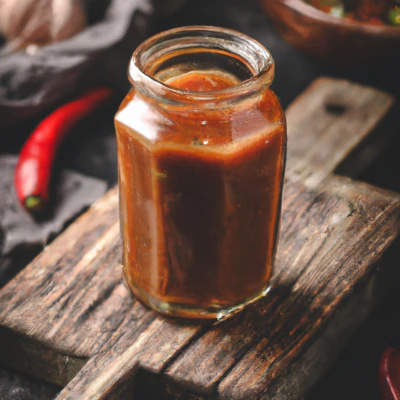
Homemade Barbecue Sauce
Experience the rich, smoky, and tangy flavors of Granny's Homemade Barbecue Sauce. Perfect for grilling, marinating, and dipping, it's a versatile sauce that will elevate your BBQ dishes to a new level.
-
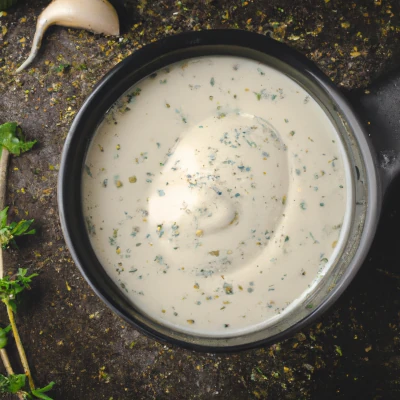
Granny's Homemade Ranch Dressing
Indulge in the creamy, tangy delight of Granny's Homemade Ranch Dressing. Perfect for salads, dips, and more, this dressing, made with fresh herbs and a hint of lemon, is a family favorite.
-
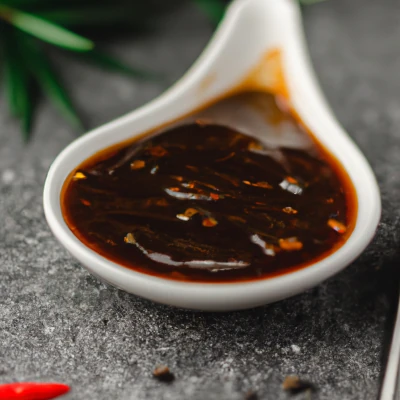
Granny's Homemade Teriyaki Sauce
Embark on a culinary journey with Granny's Homemade Teriyaki Sauce. This sweet and savory sauce is a breeze to prepare and perfect for marinating, dipping, and stir-frying.
The History of Sauces around the World
The history of sauces is as rich and diverse as the cultures that have contributed to their development. The journey of sauces begins in ancient times, with the Romans being one of the first civilizations to use sauces extensively in their cuisine. They created a variety of sauces, including a fermented fish sauce called "liquamen," which was used to enhance the flavors of their dishes. The Romans also grew and used a variety of herbs and spices in their sauces, adding complexity and depth to their food. The use of sauces to mask the taste of less fresh ingredients was also a common practice, highlighting the practical origins of sauce-making.
As we move forward in time to the Middle Ages, sauces continued to evolve, with each region adding its unique touch. In the East, the Indians developed wet masalas made with yogurt and coconut milk, while in the West, sauces based on porridge and meats were introduced. The 17th century saw the emergence of sauces made from eggs, creams, and butter, adding a new dimension to the culinary world. This period also witnessed the creation of some of the most iconic sauces, such as Bechamel in Italy and Hollandaise in the Netherlands.
The French, however, took sauce-making to a whole new level. The 18th century French chef, Antonin Careme, identified five leading sauces, known as the "mother sauces," which form the basis of many modern sauces. These include Bechamel, Veloute, Espagnole, Hollandaise, and Tomato. Each of these sauces has its unique characteristics and uses, and mastering them is considered a fundamental skill in classic French cooking. The influence of French cuisine on sauce-making cannot be overstated, with many contemporary sauces tracing their roots back to these foundational recipes.
-
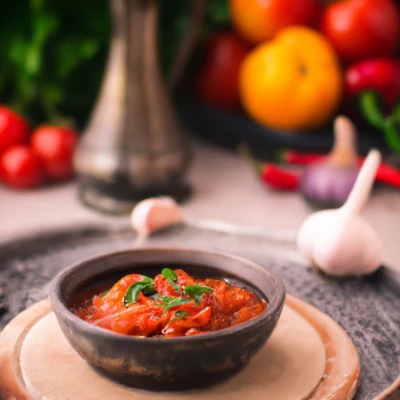
Fire-Roasted Tomato Salsa
Experience the smoky goodness of Granny's Fire-Roasted Tomato Salsa. This homemade salsa is perfect for your next taco night or as a dip for your favorite chips.
-
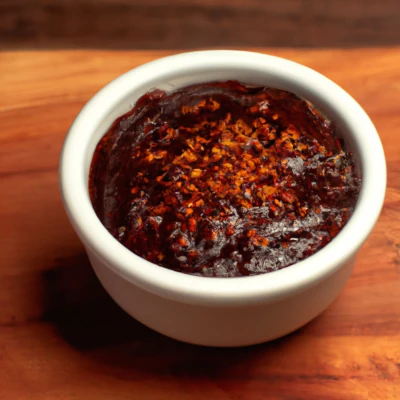
General Tao’s Sauce
Granny’s General Tao’s Sauce is a kitchen essential for your homemade Chinese cuisine. This delightful sauce combines sweet, spicy, and tangy flavors that would elevate your stir-fried dishes, dumplings, egg rolls, and more.
-
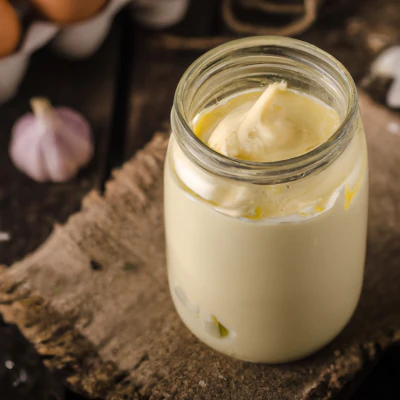
Granny's Homemade Mayonnaise
Discover the joy of making your own condiments with Granny's Homemade Mayonnaise recipe. This creamy, flavorful mayonnaise is easy to make and perfect for sandwiches, salads, and dips.
Tips and Tricks for Perfect Sauces
Creating the perfect sauce can elevate a dish from good to extraordinary. Whether you're making a classic French béchamel or a spicy Asian chili sauce, here are some tips and tricks to help you master the art of sauce-making:
- Quality Ingredients: The quality of your ingredients will directly affect the taste of your sauce. Fresh, high-quality ingredients will always yield a better result.
- Balancing Flavors: A good sauce has a balance of flavors. If your sauce is too sweet, add some acidity. If it's too acidic, add some sweetness. Don't be afraid to adjust and taste as you go.
- Reduction: Reducing a sauce (simmering it to evaporate the water content) can intensify flavors and thicken the sauce. Be careful not to over-reduce, as this can lead to a sauce that's too strong or too thick.
- Straining: If you want a smooth sauce, don't forget to strain it. This will remove any lumps or pieces of herbs and spices.
- Mounting with Butter: This classic French technique involves whisking cold butter into a warm sauce just before serving. It gives the sauce a glossy finish and a rich, smooth texture.
- Seasoning: Don't forget to season your sauce. Salt can help to bring out the flavors in your sauce, but remember to add it gradually and taste as you go.
- Temperature: Pay attention to the temperature when you're making your sauce. Some sauces, like Hollandaise, require gentle heat to prevent them from splitting.
- Patience: Good sauces often take time. Whether you're reducing a stock or simmering ingredients together, don't rush the process.
Remember, practice makes perfect. The more you experiment with different ingredients and techniques, the more confident you'll become in your sauce-making abilities. Happy cooking!
-
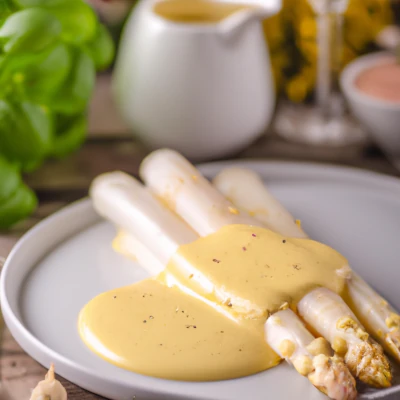
Hollandaise Sauce
Experience the rich, buttery delight of Granny's Hollandaise Sauce. This classic French sauce adds a touch of elegance to any dish, from eggs Benedict to asparagus.
-
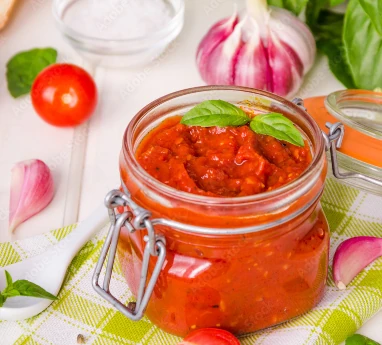
Italian Marinara Sauce
Savor our authentic Italian marinara sauce recipe, a timeless family favorite full of rich flavors. Perfect for pasta, pizza, and more.
-
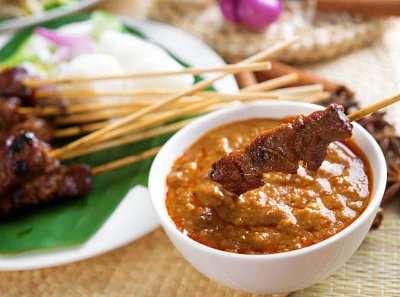
Spicy Peanut Sauce
Delve into the culinary traditions of South Asia with Granny's favorite Peanut Sauce recipe. This sauce, a staple in many Indonesian households, is perfect for spring rolls, noodles, and salads.
It's Gravy
Sauces are more than just a flavor enhancer; they are a culinary tool that can transform a dish from ordinary to extraordinary. They add depth and complexity to dishes, allowing chefs to layer flavors and create a more balanced and harmonious dish. Sauces can be used to moisten dry dishes, add richness to lean dishes, and even mask certain flavors. They also add visual appeal to a dish, making it more appetizing and appealing. The right sauce can elevate a simple dish into a gourmet meal, showcasing the chef's skill and creativity.
Understanding the components of a sauce can help you master the art of sauce making. A sauce typically consists of a liquid, a thickening agent, and flavoring ingredients. The liquid can be a stock, milk, wine, or even water. The thickening agent can be a roux (a mixture of fat and flour), cornstarch, or eggs. The flavoring ingredients can range from herbs and spices to vegetables, meats, or fish. By manipulating these components, you can create a wide variety of sauces to suit any dish.
The world of sauces is vast and diverse, reflecting the rich tapestry of global cuisines. From the delicate béchamel of France to the fiery salsas of Mexico, the tangy chutneys of India to the savory soy sauce of China, sauces add a unique character to each culinary tradition. They are the silent heroes of the culinary world, working behind the scenes to elevate our meals and tantalize our taste buds. Whether you're a professional chef or a home cook, mastering the art of sauce making can open up a world of flavors and transform your cooking. So, dive into the fascinating world of sauces and let your culinary creativity flow!
-
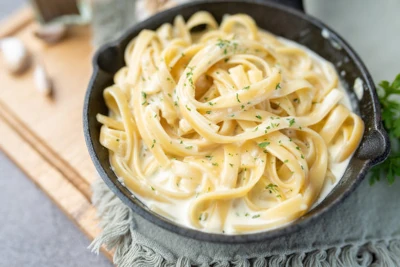
Alfredo Sauce
Experience the culinary traditions of Italy with our homemade Alfredo Sauce recipe. This creamy, cheesy sauce is a staple in many households and is loved by people of all ages. Perfect for pasta, chicken, and breadsticks.
-
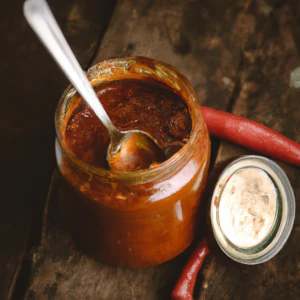
Gochujang (고추장)
Homemade Gochujang (고추장) is a spicy Korean chili paste made from glutinous rice, fermented soybeans, and red chili pepper flakes. Perfect for adding flavor and kick to Korean dishes like bibimbap, marinating meats, or enhancing soups.